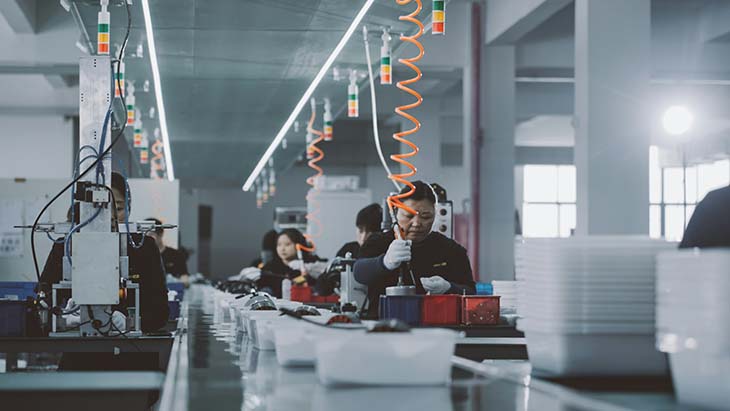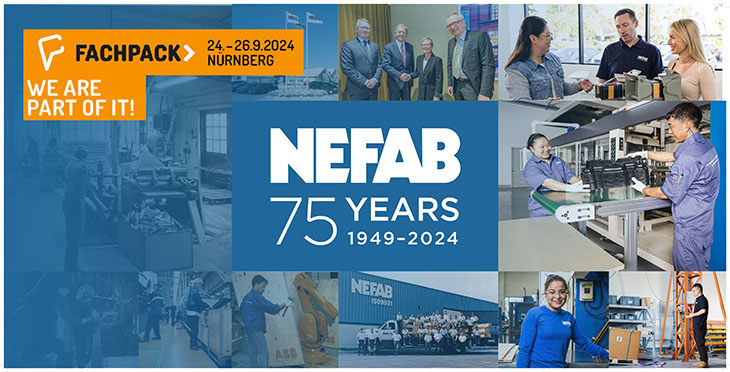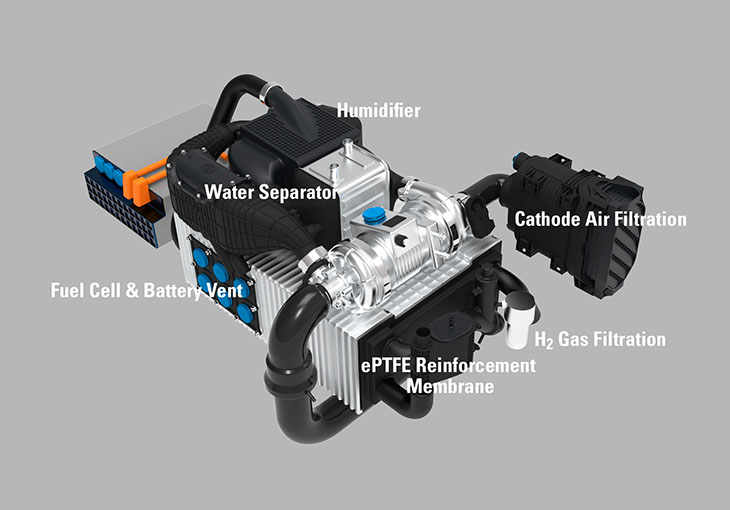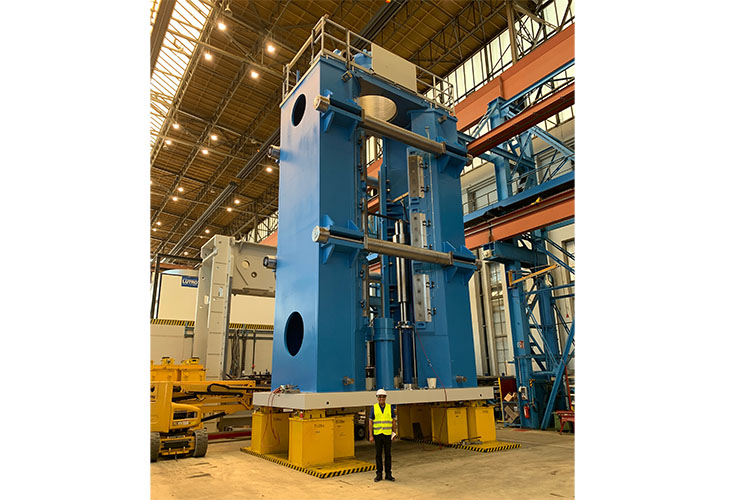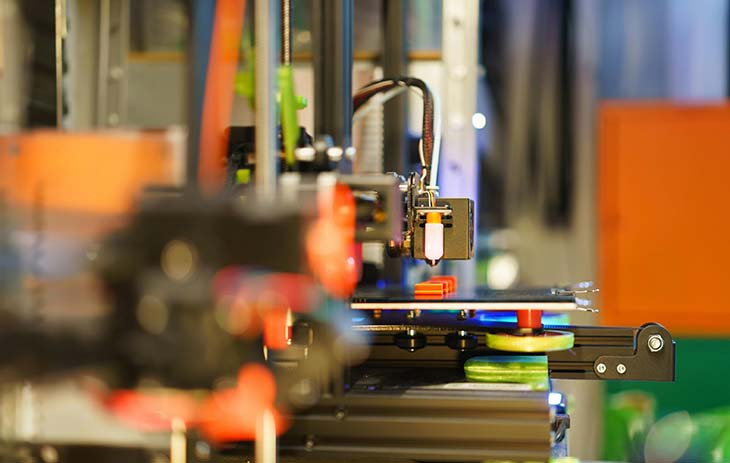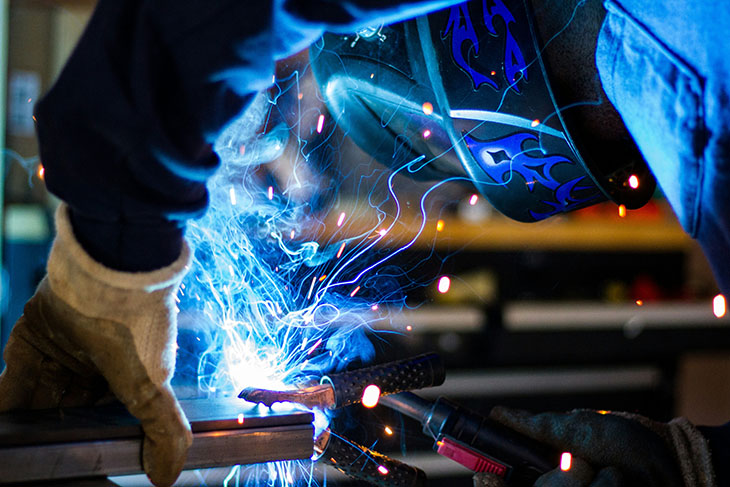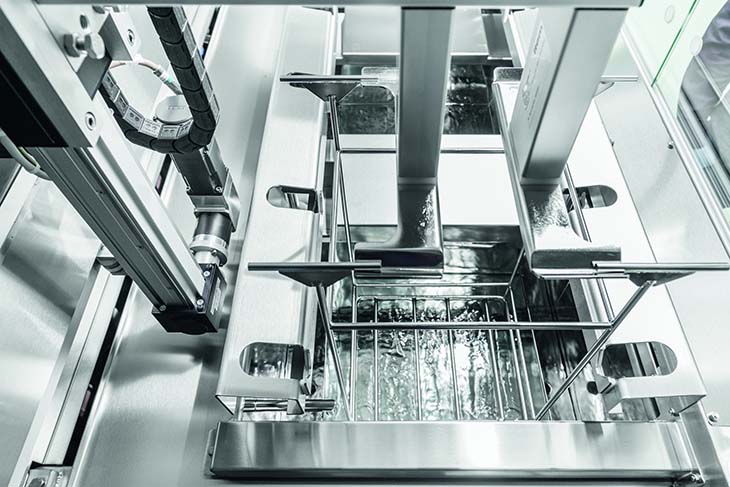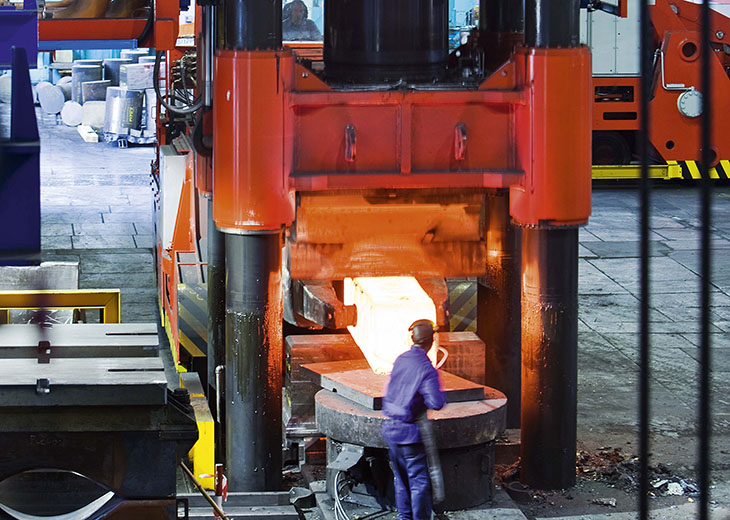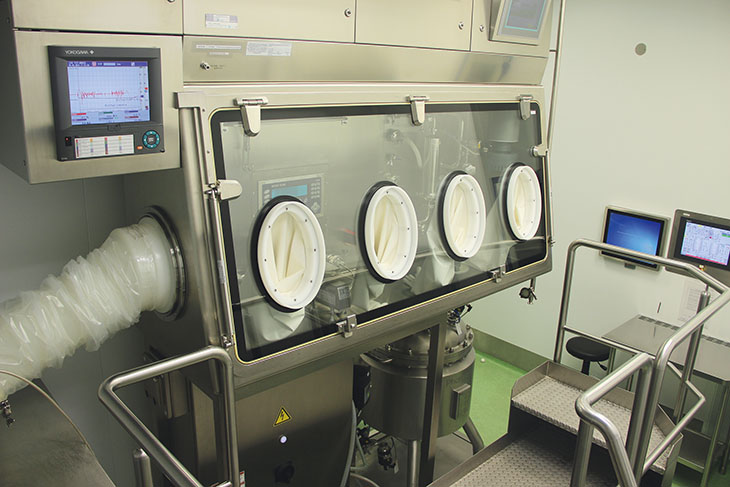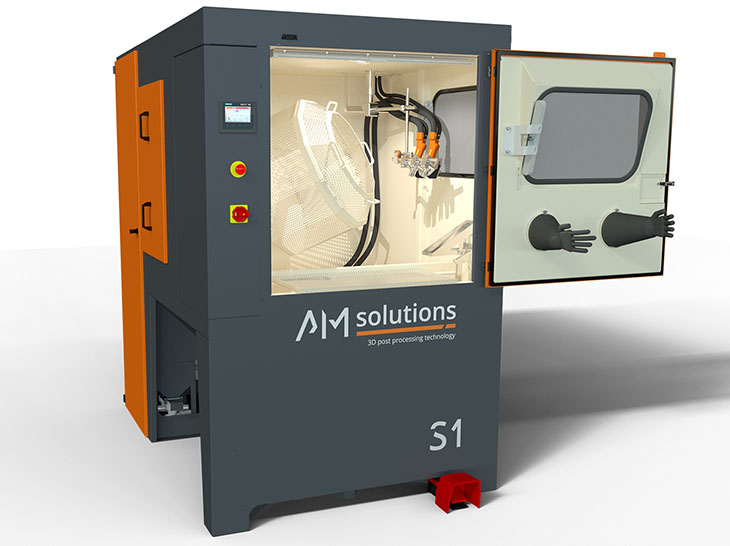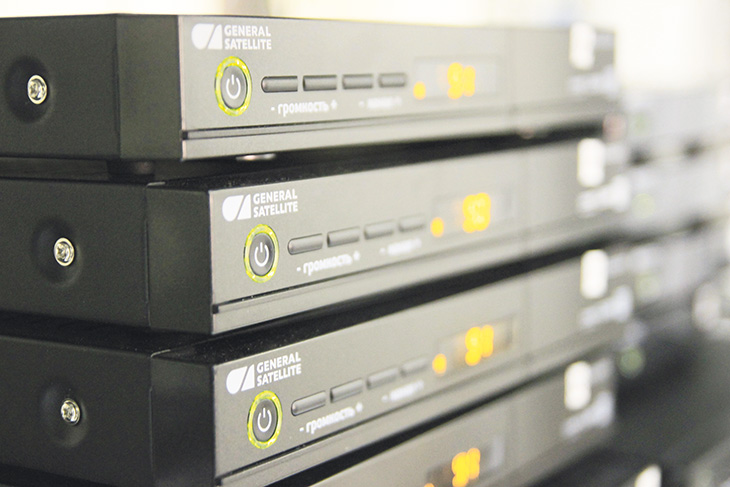Decision-makers worldwide increasingly investigate making their manufacturing facilities more sustainable, anticipating that such changes will save money, reduce emissions and bring other notable benefits. Fortunately, there are many exciting possibilities to consider.
Explore Solar Power Opportunities
Many leaders become interested in green energy solutions when examining more sustainable operating possibilities. They know such transitions would reduce their fossil fuel dependence and electricity bills.
In one example, the chief technology officer at an aerospace company sought solar and energy storage solutions for two manufacturing plants. He aimed to have 1 megawatt of solar power at one site and 750 kilowatts at the other. An energy storage and management system will also give the manufacturer backup power during outages. That capability should prevent costly downtime and related productivity losses.
Business executives pursued this clean energy through a 20-year contract where the manufacturer pays the service provider per kilowatt-hour. This arrangement’s anticipated benefits include $2 million in energy savings and preventing over 20,000 metric tons of carbon emissions.
The solar power will meet about 20% of the company’s electricity needs. Decision-makers appreciated the local generation capabilities, which meant the energy would not travel long distances and lose electrons. Additionally, the microgrid that meets backup needs during disruptions can run for about four hours, equipping the organization to keep operating while utility professionals address infrastructure issues.
Manufacturing leaders interested in similar opportunities should thoroughly assess their current and future needs, including which equipment would require backup power during outages and how much they want to invest in green power now and over time. They should also clarify what they hope to achieve.
Besides helping manufacturers save money on energy bills, the sustainability improvements provided by green power could appeal to current and potential customers. One study found that 70% of Gen Z respondents feel heavily influenced by brands’ climate decisions.
Install Connected Sensors on Storage Tanks
Manufacturers commonly rely on storage tanks to facilitate easy access to gases and liquids. Since concealed leaks cause preventable waste, decision-makers should consider mounting connected sensors to these vessels. This hardware can give people valuable information, such as the amount left in a tank or how often a product is withdrawn. Those details tell managers when to reorder supplies and whether specific manufacturing activities are abnormally resource-intensive.
Learning about leaks as soon as they begin supports more sustainable operations and protects the bottom line. Plus, after plant managers collect enough time-based data, they can track trends to study average usage statistics for a vessel’s contents. Company leaders could easily fall into unsustainable patterns by ordering more supplies too soon. However, connected sensors provide precise insights that connect overall usage to facility operations.
Sustainability also extends to selecting storage tanks to match the contents. For example, bullet tanks can hold gases below minus 148 degrees Fahrenheit or support manufacturers’ fuel storage needs. Alternatively, companies concerned about oil spill risks will likely choose bundled tanks with secondary containment vessels on one side that act as a catch mechanism.
Embrace Remanufacturing When Feasible
Operating a sustainable manufacturing facility requires examining effective ways to strengthen supply chains without always making new components. That common approach requires substantial raw material usage and makes some producers overly reliant on supplies that are increasingly difficult to source.
One automaker has begun tackling the issue with an in-depth remanufacturing strategy that enables longer life spans for engine, mechatronic and gearbox components. Another goal is to wholly recycle every vehicle component.
The remanufacturing aspect of this initiative restores automotive products to their original quality with new and refurbished components. Additionally, the results will span beyond this car manufacturer because the company offers the service to others in the industry. This approach makes it significantly easier for other companies to make sustainable changes, even if they lack the necessary internal facilities or infrastructure.
Executives say these efforts are part of a longer-term goal of achieving 50% growth by 2030. They will invest hundreds of millions of dollars into new programs and departments, including some catering to the replacement parts market. Leaders noted that projections indicate the sector will grow substantially over the next several years, primarily due to aging vehicles.
Find Relevant Strategies and Set Goals
A final thing for manufacturers to remember while implementing sustainability measures is that the most appropriate options will vary depending on the type and volume of items made, average resource usage, company size, supplier location and more. Collectively weighing those factors allows officials to identify the biggest potential wins and most practical ways to achieve them.
Once leaders decide what to focus on during their sustainability journeys, they should create challenging but reachable goals to keep everyone motivated and accountable for success. Additionally, they must periodically examine those milestones to see what is going well and if obstacles have occurred. What they learn from the earliest goals can shape later ones, increasing the chances of outcomes that motivate employees, industry peers and customers.










